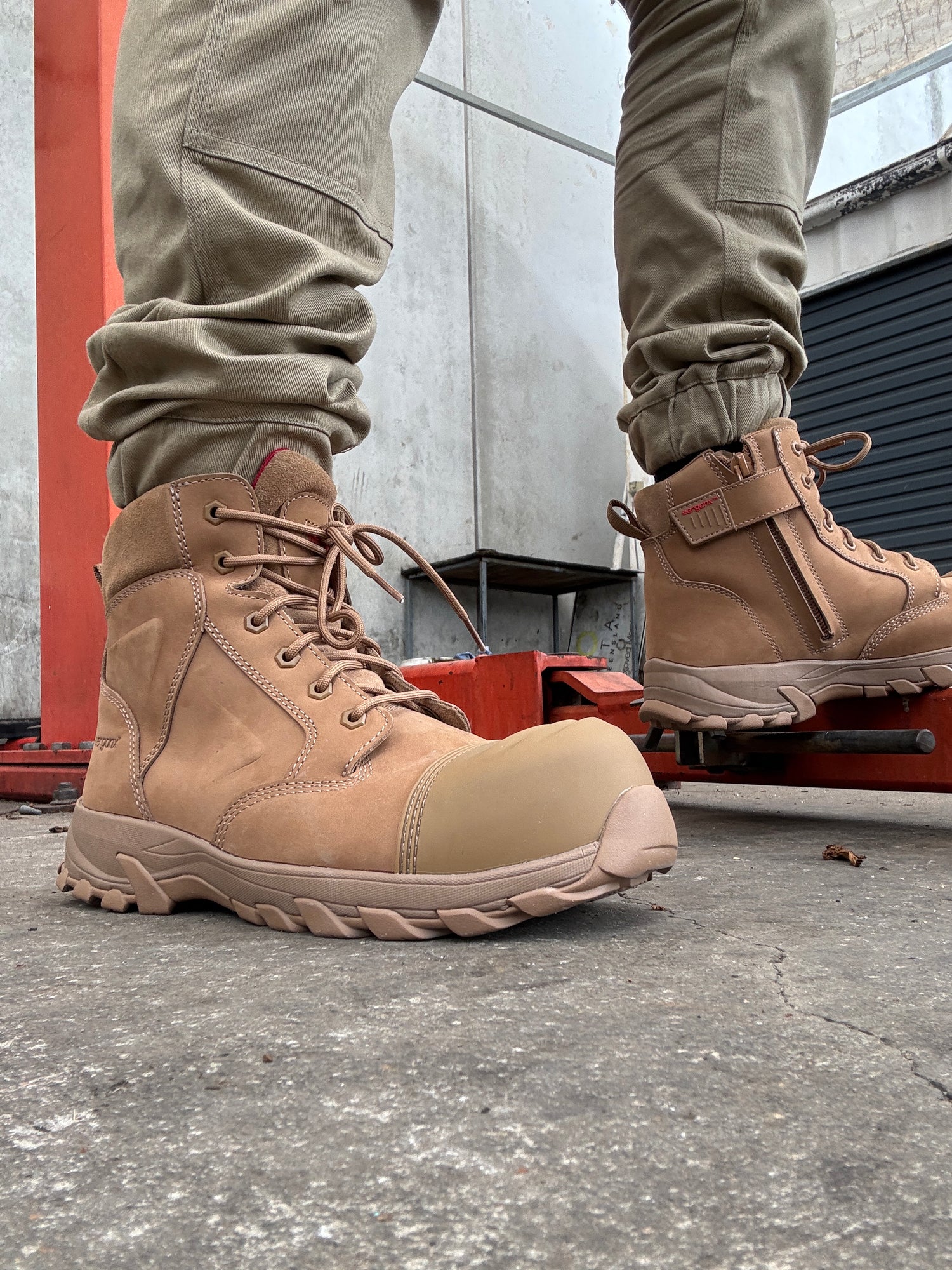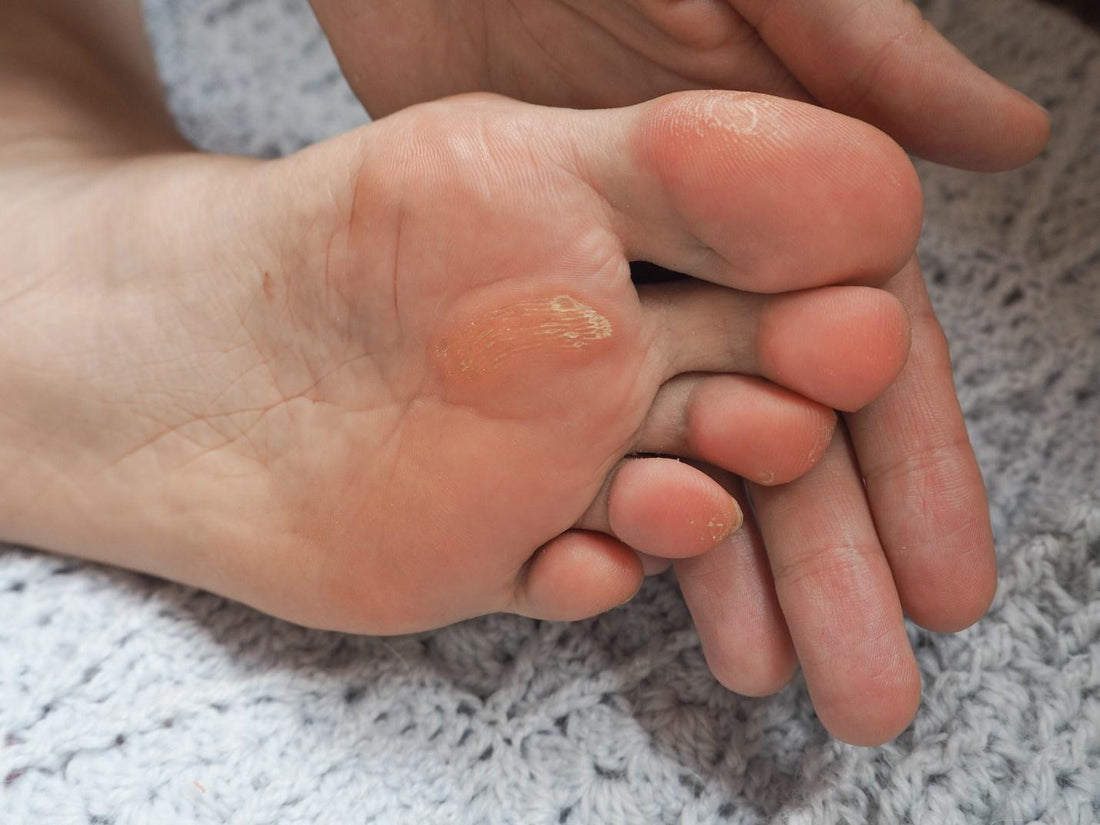HOME / FOOT HEALTH / SATISFYING CORN REMOVAL FROM HEEL BY PODIATRIST
One of the most common questions we receive is, “Why are corns and calluses so painful?” And so, in today’s blog post, we’ll be exploring the causes of corns, their structure, and how a corn is removed in the podiatry clinic.

Understanding corns: what are they and how do they form?
In response to pressure and friction, the skin thickens to protect itself. This is a natural physiological process. The thickened skin is referred to as a callus. While calluses themselves are not usually painful, if the pressure persists, they can progress into corns.
Corns start as a callus cap, which is the first layer of hardened skin to develop. With continued friction, a core will form, which often takes on the shape of an ice cream cone. Concentrated pressure on the corn will cause significant discomfort and pain.

Removing corns: a podiatrist’s approach
As podiatrists, corn removal is one of the first skills we are trained in. Let’s take a closer look at the process of removing a corn from the heel.
First, we identify the cause of the corn. Footwear issues or bone spurs are some of the more common causes. Recognizing the underlying reason, changes can be implemented in daily life to prevent the corn from returning.
In terms of the removal, we start by removing the callus cap which exposes the dense core of the corn. With a scalpel, we carefully cut around the edges, making sure to only excise what is needed. We aim to cut right at the boundary of living and dead tissue, leaving as much healthy tissue behind as possible. By avoiding living tissue, the amount of pain experienced is also minimized.
Once the corn is fully excised, the edges of the treated area are refined and smoothed out. Jagged borders can create discomfort and also increase the risk of recurrence.

The importance of corn removals and foot care
The removal of corns is crucial for a multitude of reasons, primarily to prevent complications and infections. Corns can serve as an entryway for bacteria. In specific patient groups such as diabetics and individuals with compromised immune systems, infections can be particularly dangerous. Individuals with diabetes may not be able to detect the occurrence of infections as effectively due to decreased sensation in their feet.
Therefore, it is prudent in these cases for routine assessments by a healthcare professional. Early detection and prompt treatment can help mitigate potential complications.
If you have any further questions regarding corns and their removal, or if you would like to learn more about how to best take care of your feet, comment below or reach out to us at ergonx.com.au! Our team of experts would be happy to hear from you!


